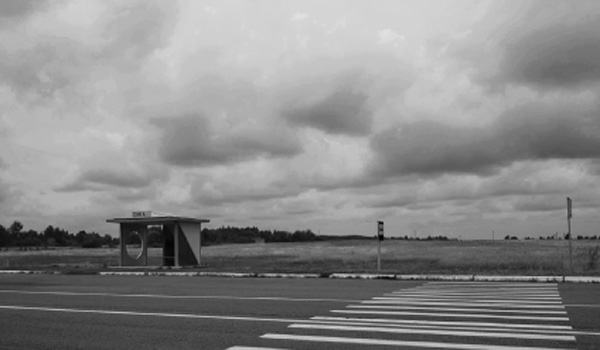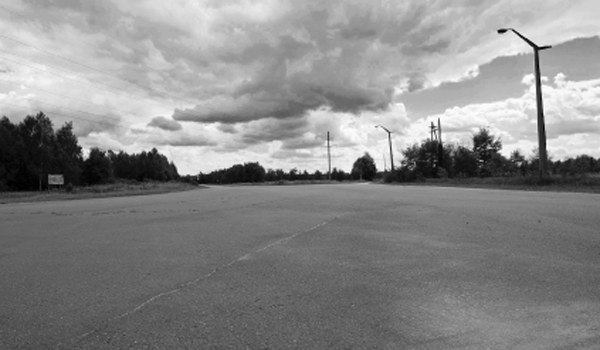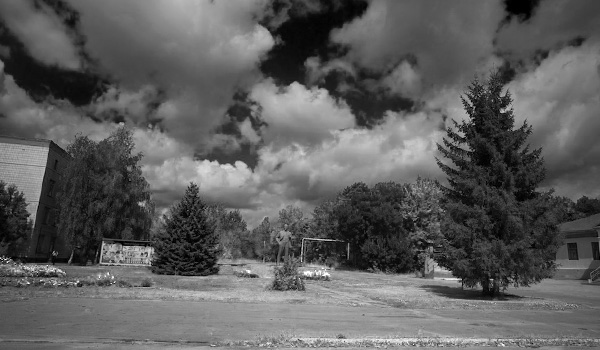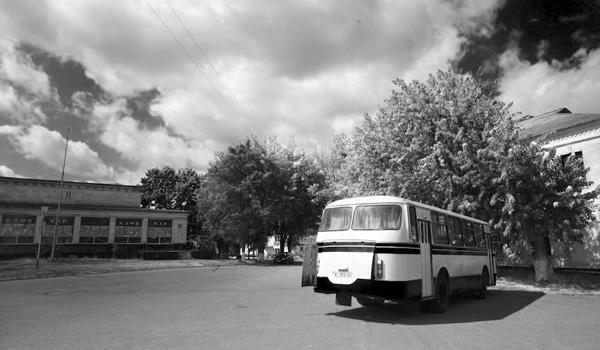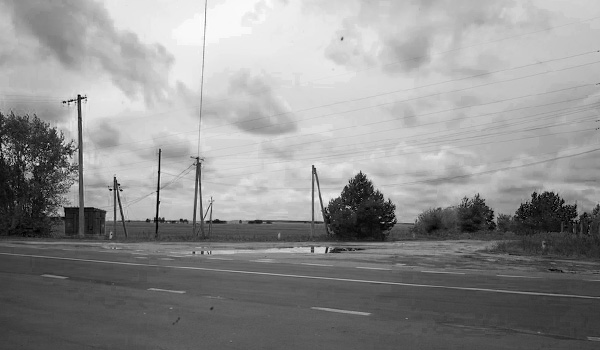Non-places – a term first proposed by Marc Auge – are the consequences of hypermodernity. Hypermodernity in the late capitalistic society which is characterised by excesses. Excessive amount of time and space. These must be swept out. Natural disasters, their after effects and some of which combined with the greedy policies of neo-liberal governments bring out the catastrophes which are strong enough to sweep. However, in this society, catastrophe instantaneously turns into a spectacle.
More than all other energy policy issues, nuclear power, political in every way. Whether an accident has even occurred, how to assess the danger it poses, whether, when and how to respond — every moment, every action is political about it. It is even more than political than the sum of all energy policies combined because there is also a military research aspect to it.
In the beginning of 21st century, Katrina, Fukushima and Sandy helped the society to remember the intricate and dangerous relationship between the natural disasters and energy politics. Consequences of the Fukushima event was much more agonising than the others nevertheless both Katrina and Sandy raised some serious concerns on radioactivity.
The Three Mile Island in U.S., after the Kyshtym accident in 1957, Mayak, Russia, hosted the first recollective nuclear reactor accident in 1979. It resulted in the release of small amounts of radioactive gases and radioactive iodine into the environment. Seven years later it is followed by Chernobyl which was a catastrophic nuclear accident in the heart of former USSR, Kiew. Chernobyl, still today is an isolated zone which reminds Stalker, 1979 science fiction film directed by Andrei Tarkovsky. It is a ‘Zone’.
Mutated landscapes or the alienated images of the ‘Zone’ is the framework of this project. Mainly the exhibition will be the execution of a non-narrative but yet filmic structure of the non-space, this time formed by this contender power of the hypermodernity.
Chernobyl
The individual entering the non-place is temporarily distanced from daily concerns by the environment of the moment and this anonymity provides a passive joy of identity-loss. This was the main motivation for us, with
Can Pekdemir, to make this research trip to the 'Zone' in 2011. During the trip to Chernobyl area we could not help but thinking visuals with reference to the plot of Stalker, 1979 science fiction film directed by Andrei Tarkovsky, with a screenplay written by Boris and Arkady Strugatsky. Also, Chris Marker, in his 1982 film Sans Soleil, may refer to Tarkovsky's Stalker through the use of the term 'Zone' to describe the space in which images and their attached memories are transformed.
The city was evacuated in 1986 due to the disaster at the Chernobyl Nuclear Power Plant, located 14.5 kilometres north-northwest. The power plant was within Chernobyl Raion, but the city was not the residence of the power plant workers. When the power plant was under construction, Prypiat, a city larger and closer to the power plant, had been built as home for the power plant workers. After the accident the Chernobyl Raion administration was transferred to the neighbouring Ivankiv Raion.
Chernobyl area is protected (from the visitors and for the visitors) by the Ukrainian government and trespassing process is very similar to entering a state from an airport or a highway. Our instinctive intention was to document this mutant space, which evoked indescribable pains for the humans and changed the ecological and political strategies of the cold war period. Pretending to show anything from the inside of the 'Zone' but laterally looking at the periphery, images accompany this text are chosen among many of them to imply our intention for the context of our conceptual presentation.
Catastrophe in 1986, turned into a spectacle as a sign of cold war mythically spread to Europe, Asia and Anatolia regarding epidemiology and today as the temple of ostalgie. Project aims at re-documenting and presenting the 'Zone' as a reconstructed mythologic space as it could free itself in an art space as the mutant space. Metaphorically genetical modification of the environment parses its roots from the spectacle. As a conclusion, project deals with the notion of non-space in different layers but from a same fixed distance. Layers namely refer to state in state condition, hypermodernity, catastrophe and memory.
'Zone'
'Zone' launches with the terrain vision of the exclusion zone coupled with all the names of the animal species narrated in the saga of the Noah's Ark symbolizing after catastrophe situation. Entrance is the state (Ukraine) controlled border of the 'Zone' and the footage is taken as we were driving into the 'Zone'.
On a technical and experimental note, sky images of the Zone are animated with java script driven by data coming from a self surviving solar panel unit. Solar panel is attached to an Arduino I/O board which transmits data to the java applet where it is mapped to opacity and position of the images. The background color of the applet is the characteristic blue glow of an underwater nuclear reactor is due to Cherenkov radiation. This also constitutes general color theme of the project. Less the sunlight falls on to the panel, the sky images turns into Cherenkov blue. Same solar panel also powers up the I/O board, keeping it self sustained.

